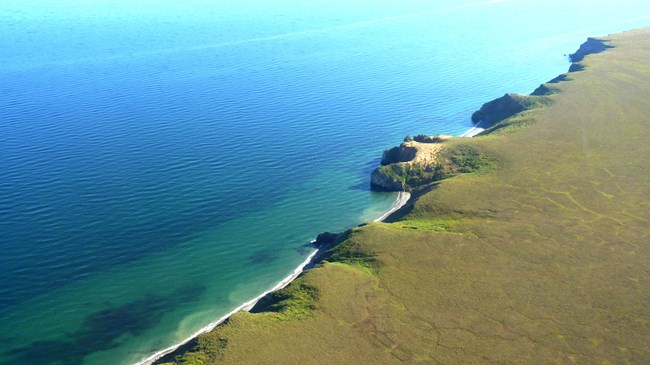Part of a series of articles titled Observing Change in Alaska's National Parks.
Article
Climate Change and Alaska's National Parks
What do these changes mean for these national parks?

NPS / Tahzay Jones
With climate change occurring throughout the north, immense changes are happening to landscapes, wildlife, habitat, and human lifestyles in all of Alaska’s national parks.
Observations from people living in and near parks on the frontlines of climate change demonstrate how deep the impacts can be. It’s not just about whether there are more or less bears in a park or that a recreational hiking trail is not accessible. Seasonal changes, unreliable ice conditions, thawing permafrost, and differences in animals and habitat all affect human activities and use of resources. This provides new insights into what climate change means for Alaska’s national parks.
I can do all the science in the world up here, and I can know from the bottom of my heart that this place is critically important, but unless I can help with sharing the message of how important it is, and why people should care, and what is changing up here, it’s not going to get very far. – Tahzay Jones, Anchorage
How are Alaska's national parks responding to the challenges of climate change?

NPS
The National Park Service actively monitors park resources in Alaska, including conducting scientific studies and ecosystem monitoring to better understand what’s happening and to mitigate climate change. They’ve also developed park planning and facilities development policies in response to existing and projected climate change impacts and natural hazards. The National Park Service is collaborating with local and tribal entities to help protect communities and infrastructure, as well as recording local and traditional knowledge to document changes.
The NPS is also working to minimize their carbon footprint by developing climate-friendly practices. These include using solar panels in new facilities, banning the sale of single-use plastics by park concessionaires, using electric vehicles for park operations, operating shuttle buses and using timed entry to limit congestion at very busy parks, as well as limiting hiking permits or closing sensitive areas to reduce human impact.
The National Park Service also focuses on educating the public about climate change, why it’s important, its effects on parks and park resources, and what the parks are doing to lessen the impacts.
To more information about the National Park Service's Alaska Inventory and Monitor Network, see:
Arctic Inventory & Monitoring Network
Southeast Alaska Inventory & Monitoring Network
Last updated: August 17, 2023
